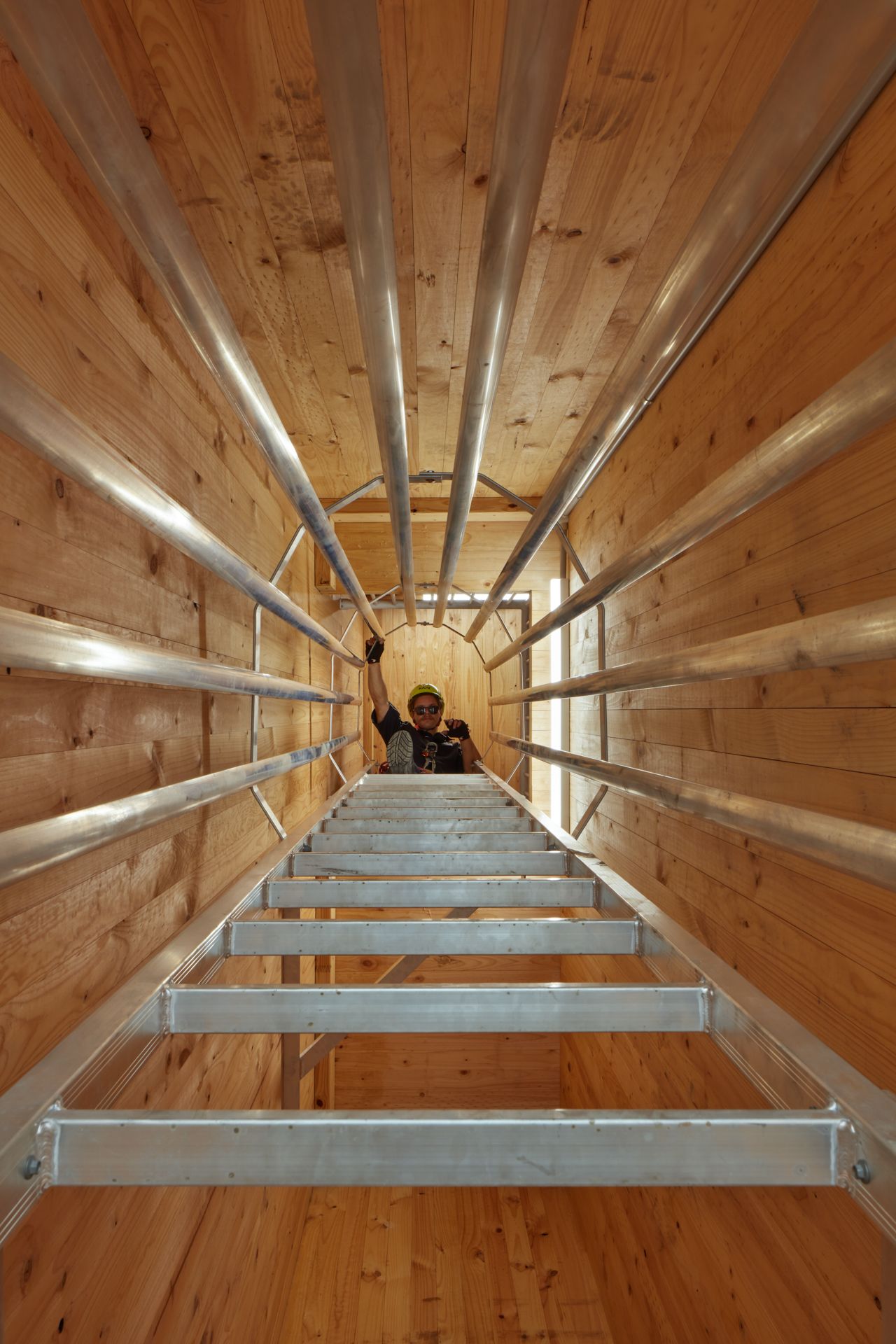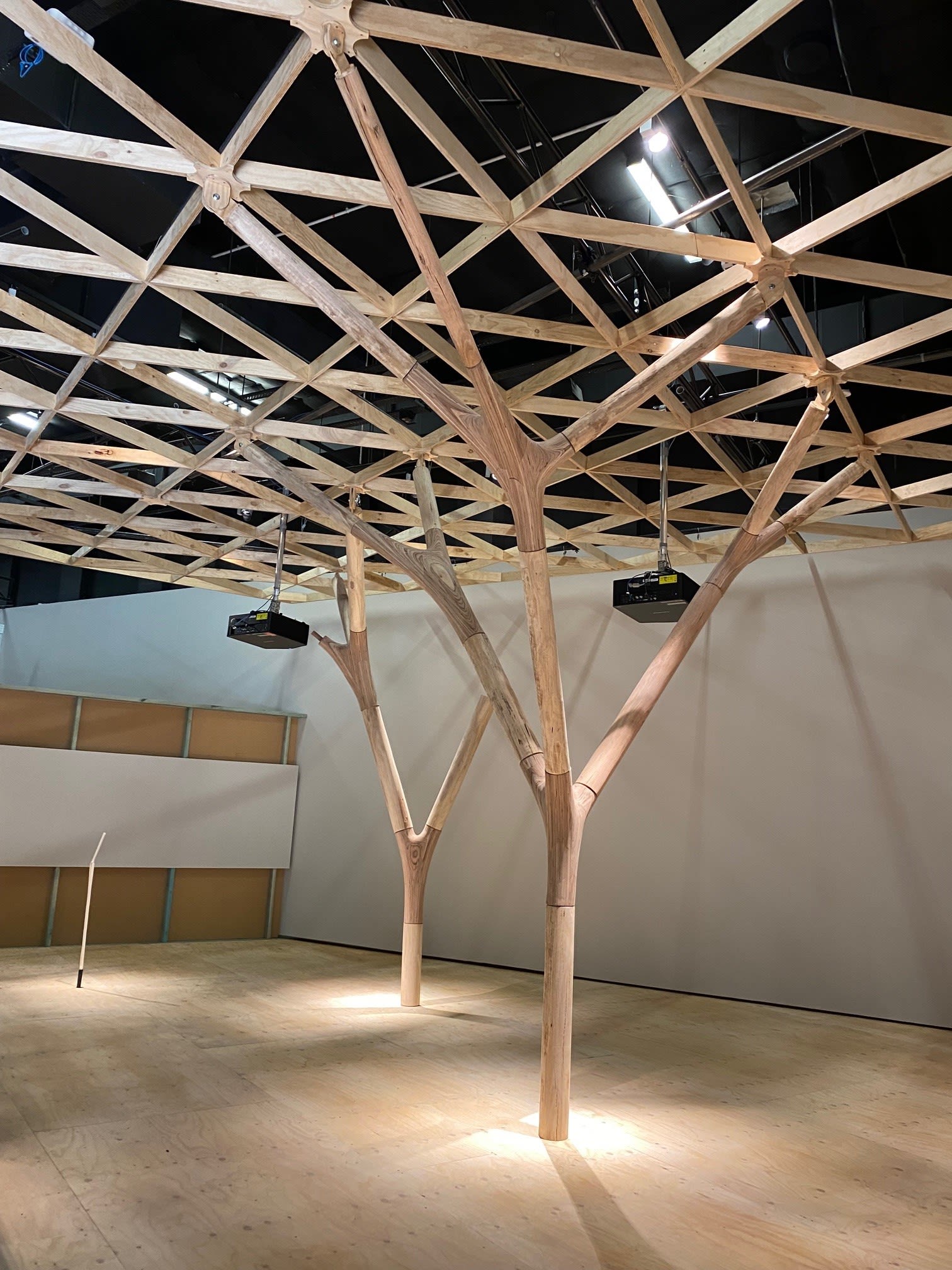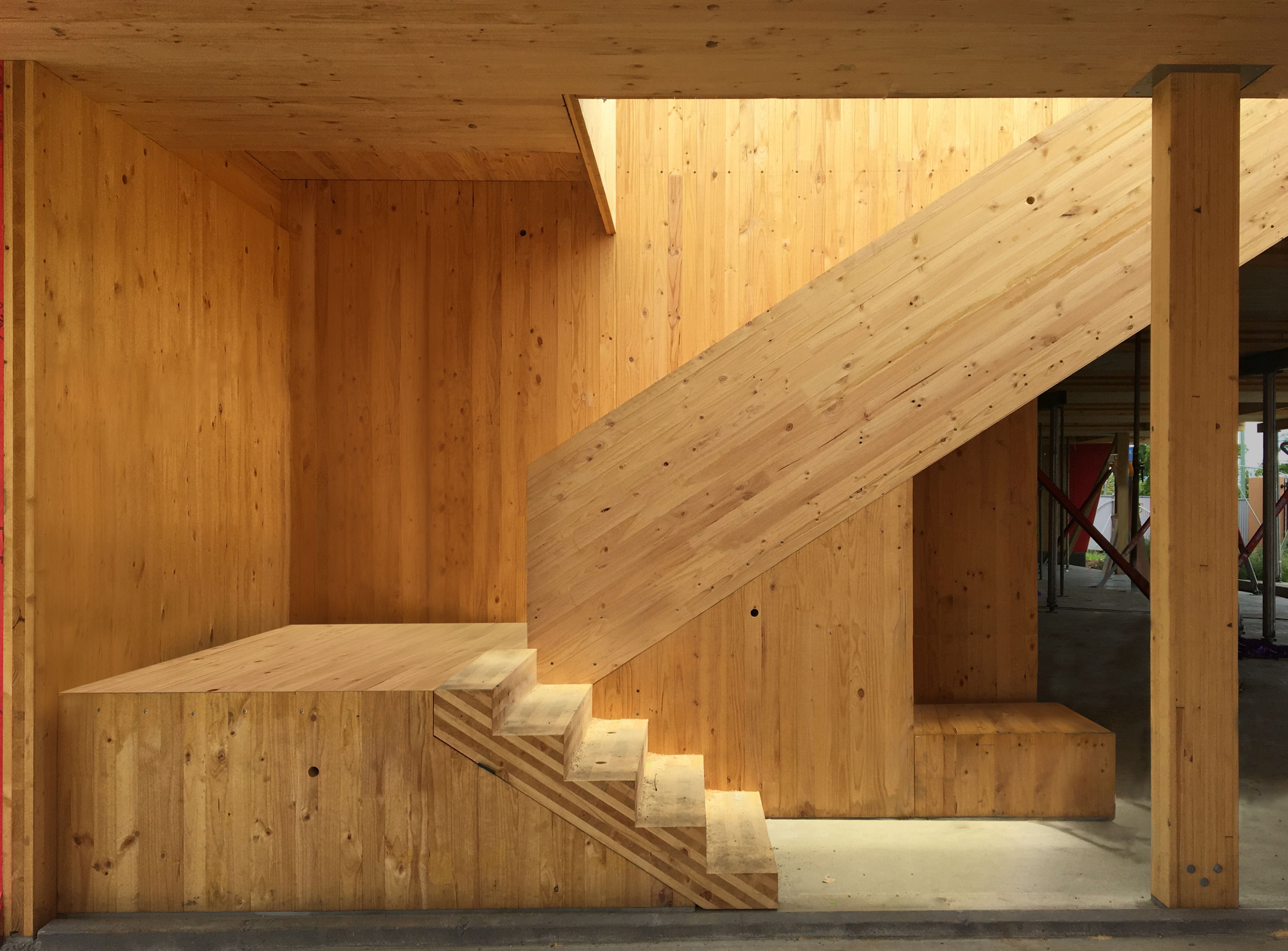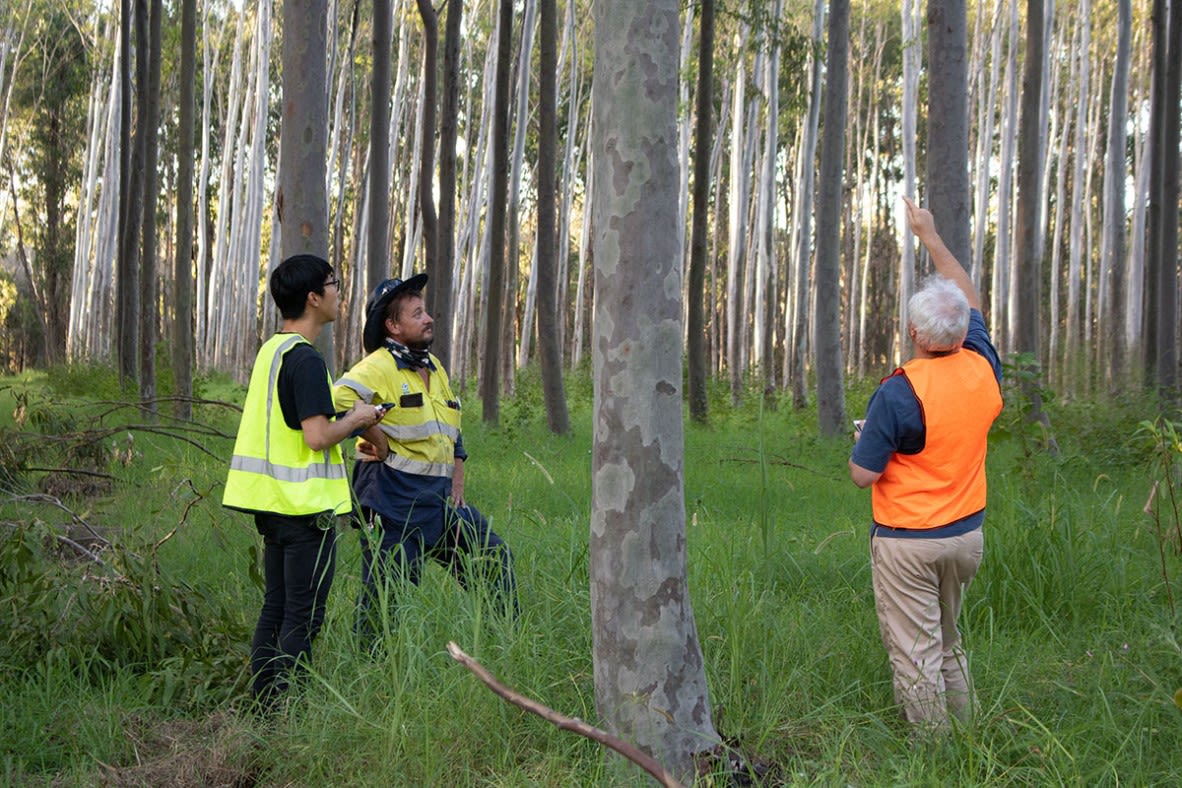
Associate Professor and Architect Kim Baber explores how timber can transform construction, while Rochelle Vincent and Bond’s Sustainability Festival bring students, staff, and the community together under the theme “Rethink Waste. Restore the Future.”
Every product we use has a story. In today’s world, that story often follows a linear path: we take from nature, create something, and then throw it away. It’s a system that has helped fuel modern life, but it comes at a cost. Globally, we’re consuming resources at a rate that is 60 per cent more than the Earth can provide. In industries like construction, the problem is magnified — around 2.2 billion tonnes of waste is generated every year, most of it from demolition.
The challenge is clear: our “take–make–waste” model isn’t sustainable. But there is an alternative.
The circular economy
The circular economy flips our current model on its head. Instead of ending in waste, materials and products are kept in circulation for as long as possible. The Ellen MacArthur Foundation describes it as “a system where materials never become waste and nature is regenerated.”
Its framework is built on three principles:
· Eliminate waste and pollution
· Circulate products and materials at their highest value
· Regenerate nature
Circular approaches show up all around us. Think rental models for clothing, peer-to-peer sharing platforms, refillable packaging that avoids single-use, or resale marketplaces that give products a second life. Beyond reducing waste, this shift opens new doors for entrepreneurship and innovation.
Right now, though, we have work to do. In 2023, the global circularity rate — the measure of how efficiently resources are reused — was just 7.2 per cent. Australia’s was even lower at 4.4 per cent (Australian Bureau of Statistics). That gap signals both a challenge and an opportunity.
Timber and circular thinking
For Associate Professor and architect Kim Baber, timber is part of his origin story. “My father was a woordwork teacher and furniture maker and I worked in his workshop as a 12-year-old, helping to create furniture from recycled timber salvaged from Queenslanders, and build our own house out of timber,” he recalls.
Kim’s research at the Advance Timber Hub focuses on rethinking how timber can be used in construction, both in larger-scale buildings that would normally built with concrete or steel, and in finding value for 'marginal' or 'undervalued' forest resources.
“Part of my research explores how we can better use marginal timber resources, trees that are felled but not quite good enough to use in construction,” he explains. “A significant percentage of trees in plantations are harvested during the thinning process as very young trees. They are too small in diameter for conventional construction applications and are usually turned into firewood or woodchip.”
Small diameter trees in hardwood plantation. Photo: Kim Baber
Small diameter trees in hardwood plantation. Photo: Kim Baber
By using these overlooked resources, Kim hopes to unlock design innovation and sustainability gains. “We are investigating the potential for round wood construction — using the whole log in its natural shape — to realise more usable timber in buildings, and to avoid the carbon in these forest resources being released into the atmosphere.”
It’s a shift urgently needed. “The construction industry and the ongoing operation of buildings are responsible for nearly 40 per cent of carbon emissions worldwide,” Kim says.
“As architects, we are able to influence both of these sources of emissions, through designing with carbon neutral or carbon sequestering materials, and through designing energy efficient buildings.”

Designing the future
By designing differently, Kim says we can change the current cycle. “Timber and Bio-Based products are the only truly renewable construction materials. They sequester carbon as they grow, and if we lock that timber up in buildings, we prevent the carbon from being released into the atmosphere.”
Recent projects show what’s possible, including a fire station in Maryborough, built from large scale engineered timber products such as Cross Laminated Timber and Glue Laminated timber. “This is a QLD State Government owned and operated building, and demonstrates an ambition to build with local, genuinely sustainable materials, and it offers a model for how to lower carbon emissions in construction” Kim says.
“As architects, we need to understand and take responsibility for the impact of our design decisions — the materials we choose, how buildings perform, and how long they last.”
Beyond lowering carbon emissions, Kim says there are other benefits from working with natural materials. “Using timber inside interior spaces has its own intrinsic benefits in terms of biophilia and well-being,” he says.
“Being close to natural materials such as timber inside spaces that we live and work in has been shown to bring a sense of calm and well-being.”
Kim’s Fire Station Building has recently been shortlisted for an international award by the ‘Built by Nature’ Organization, celebrating projects that demonstrate excellence in timber building design and responsible timber construction. These projects are held out as international exemplars for showcasing principles such as maximizing the carbon storage potential of wood, ensuring Sustainable Forest Management. and promoting a timber building bioeconomy.
Rethink Waste. Restore the Future.
The circular economy is the central theme of Bond’s second annual Sustainability Festival, from 7 to 9 October, which invites students, staff, and the wider community to rethink waste and explore practical ways to live more sustainably.
Festival organiser Rochelle Vincent says the event is driven by Bond’s sustainability priorities.
“These focus on three key areas: reducing carbon, instilling attributes in students to become global citizens aware of all the issues, and changing behaviours on campus,” she says.
“We are trying to improve sustainability here at Bond, and we want to show students how they can get actively involved and engaged, too.”
The three-day festival will showcase ideas and action. “Program highlights include our keynote event, which will explore what we’re doing currently, what we’re planning for the future, and how our community can get involved in supporting planetary health,” Rochelle says.
“We'll also have a marketplace set up by the water with a clothes swap, a repair cafe, composting advice, a native plant giveaway and more; as well as other forum events, workshops, restorative activities and an exceptional movie documentary screening.”
Change for the better
The circular economy isn’t just about systems or statistics. It’s about choices we make every day, whether to reuse, repair, share, or recycle, and the collective momentum those choices create.
Register for Bond University’s Sustainability Festival and explore these ideas, connect with innovators, and take steps toward a future where our resources don’t end up as waste.
Published Wednesday, 24 September, 2025.

Original thinking direct to your inbox

Stories from Bond

